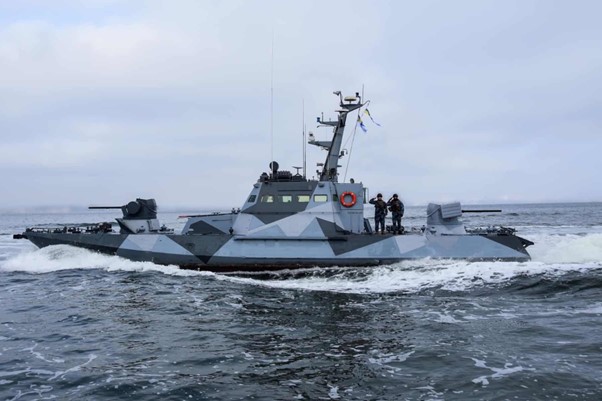The Russian TASS news agency published a report on August 3 in which the CEO of the Center for Integrated Unmanned Solutions (CUS), Dmitry Kuzyakin announced its “doomsday” drone intended to monitor radiation levels in the event of the use of nuclear weapons. CUS is managing a program called the Khrust project which is aimed at producing a range of radiation monitoring equipment.
The drone is a first-person view (FPV) type equipped with systems for checking background radiation after an attack in order to safeguard military and civilian personnel. In addition to monitoring equipment the drone uses a camera that transmits real time images to allow it to be remotely controlled using virtual reality glasses, mobile phone or Tablet.
According to Kuzyakin, it is a small, compact drone that can be stowed alongside ground-based nuclear monitoring equipment. Flight time for the drone is up to 20 minutes, with an operating range of up to 2 kilometers (1.2 miles) depending on the terrain, signal conditions and level of contamination.
He said “FPV drones are known for their agility and speed, and combined with the right piloting skills, they can navigate through buildings or industrial structures for reconnaissance, inspecting every corner. In this scenario, the drone carries either a sensor for toxic substances or a dosimeter, alerting the pilot when radiation levels exceed safe limits.”

Ukrainian Drones Hit Missile Arsenal, Key Russian Oil Facility in Russia’s Tver Region
Kuzyakin also spoke about the need for specialist training in the use of the drones saying, “There are specific challenges when operating from enclosed vehicles, especially in motion. The FPV pilot needs to have a basic understanding of the terrain and reconnaissance areas. Technically, it’s not enough to just attach a sensor to the drone. Methodological scenarios are necessary—even if specialists are given the equipment and instructions on its use, there will still be questions about the best practices in real environments.”
The announcement comes hot on the heels of months of escalating open and veiled threats from Putin and other Kremlin-linked individuals since the full-scale February 2022 invasion of the possible use of nuclear weapons against Ukraine, the US and NATO. These warnings have been accompanied by the transfer of non-strategic (tactical) nuclear weapons to Belarus and several months of nuclear-related training exercises in Russian border areas and in Belarus.
It is possible that announcing this new development is another veiled suggestion that Moscow is preparing for the use of nuclear weapons.
Kuzyakin told TASS that he was “confident that common sense will prevail, and the world will refrain from using nuclear weapons and our doomsday drone will never be needed. And yet we believe that it would a crime not to prepare for even the worst scenarios. Our specialists have developed the doomsday drone for monitoring background radiation and ensuring the security of personnel as part of the Khrust project.”
You can also highlight the text and press Ctrl + Enter










